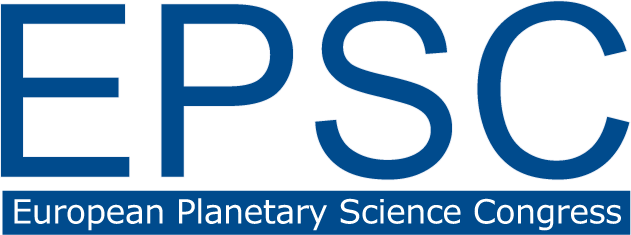Posters
ODA2
Attendance time: Tuesday, 17 September 2019, 17:15–18:45 | Level 1
Chairperson: John Rogers/Ricardo Hueso/Marc Delcroix
Planets
Level 1
Jupiter
L1.50 |
EPSC-DPS2019-913
Atmospheric Retrievals of Jupiter: Combining Professional and Amateur Data
(withdrawn)
L1.51 |
EPSC-DPS2019-1130
Small bodies
L1.53 |
EPSC-DPS2019-1980
Exoplanets
L1.55 |
EPSC-DPS2019-231

